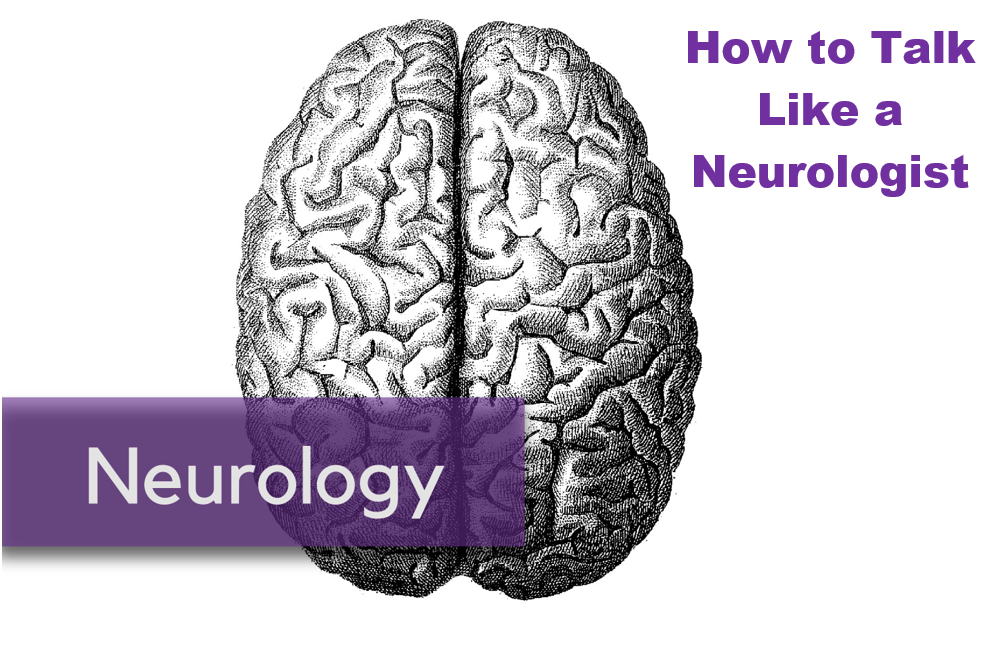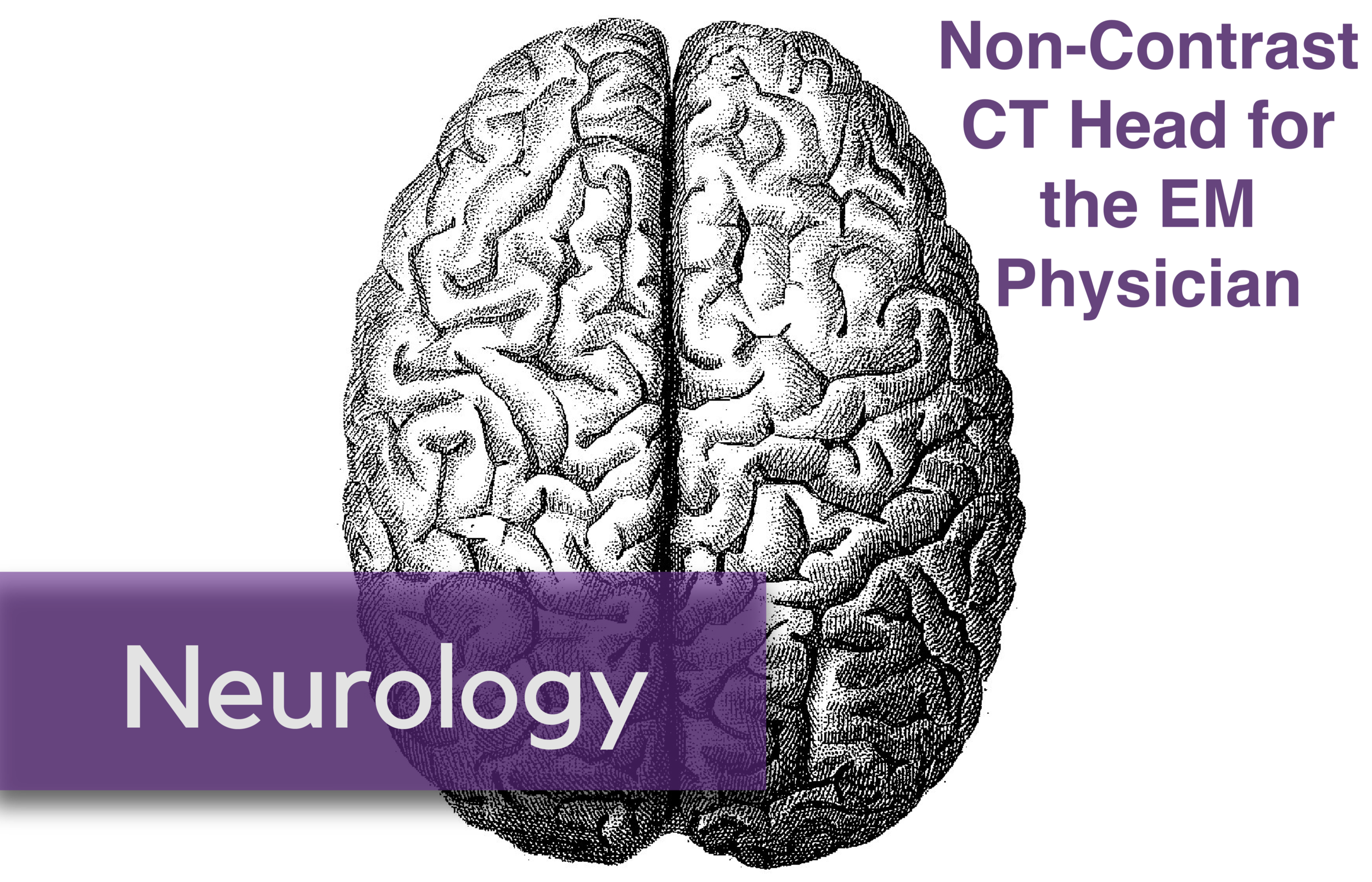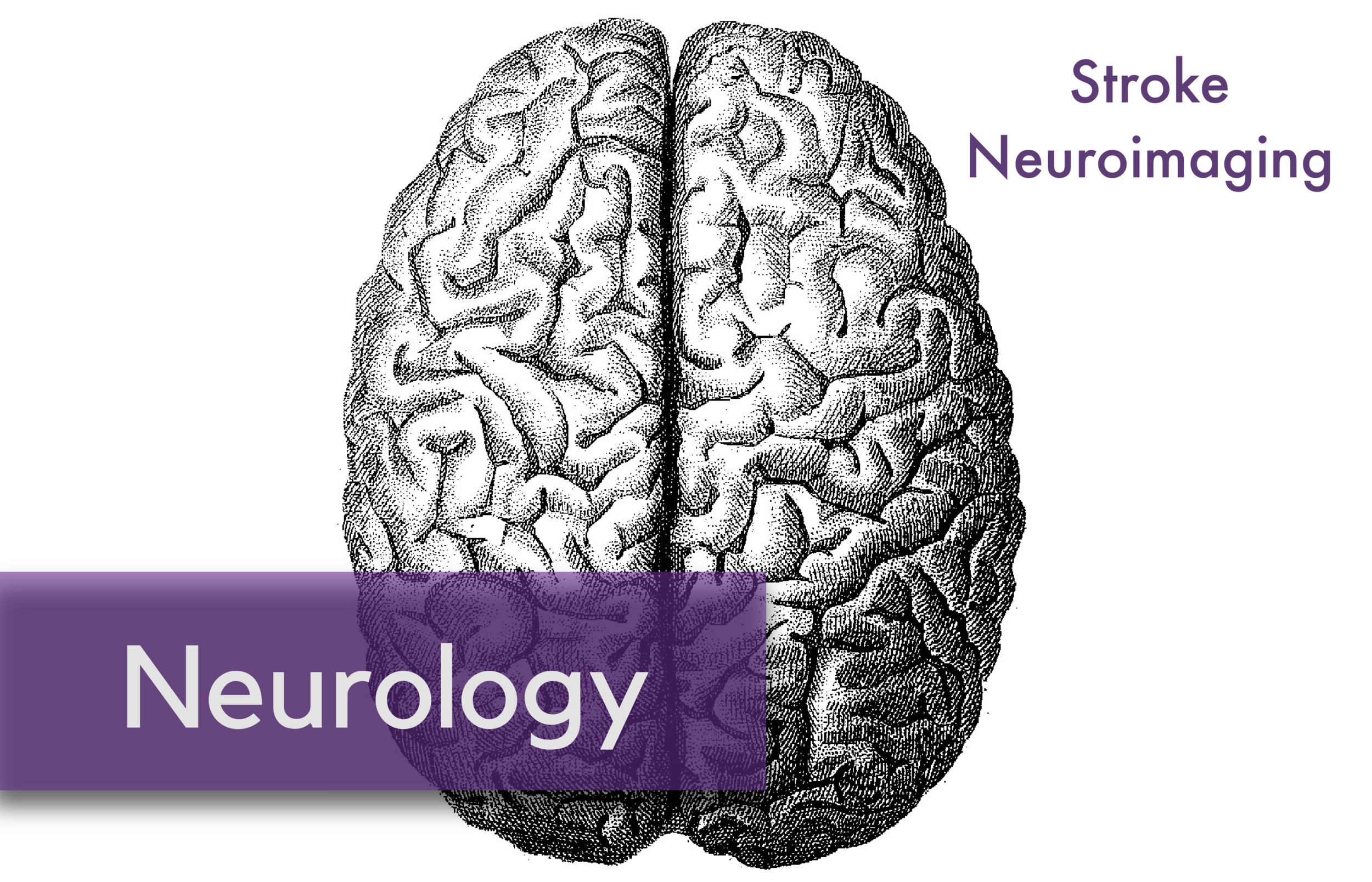Author: Keith Hemmert, MD (EM Resident Physician, PGY-3, NUEM) // Edited by: William Burns, MD (EM Resident Physician, PGY-4, NUEM) // Expert Commentary: Matthew Kippenhan, MD
Citation: [Peer-Reviewed, Web Publication] Hemmert K, Burns W (2016, October 11). Understanding An Enigma: Lumbar Puncture After A Negative CT in SAH [NUEM Blog. Expert Commentary By Kippenhan M]. Retrieved from http://www.nuemblog.com/blog/sah-lp-after-ct/
Introduction
Acute headache is a common emergency department (ED) complaint, and in the right clinical setting, subarachnoid hemorrhage (SAH) can often be high on the differential. Although the incidence is somewhat low (6-8 per 100,000 person-years), the one-month mortality is around 40-45%, and of those surviving hemorrhage, around 30% wind up with severe disabilities. The risk of re-bleeding following the initial presentation is as high as 20% in the first two weeks. Early diagnosis and aneurysm repair can dramatically improve outcomes. The diagnosis of SAH can be challenging; non-contrast CT brain offers 98% sensitivity when performed within 12 hours of maximal pain, but decreases to 50% one week later. Lumbar puncture (LP) is the next test offered in the ED to diagnose SAH and is the traditional gold standard evaluation. The purpose of this study was to determine the rate of diagnosis of SAH by LP after a negative CT.
Study Design: This study was a retrospective chart review. Records from six urban EDs were reviewed for patients who presented with acute headache with no cause, and had LP performed after a negative CT head. The primary outcome measure was the result of CSF analysis. Positive LP was defined as positive for blood. Negative LP was defined as negative for blood.
Results: 2,248 patients met inclusion criteria (i.e., had LP performed for acute headache to assess for SAH after negative CT head). There were 92 positive samples.
All patients with a positive LP had subsequent neuroimaging, either CTA or MRA. OF those 92 patients, nine (9.3%) had vascular abnormalities. The clinical characteristics of those 9 cases are described below.
Interpretation: The low prevalence of identified lesions is interesting but quite confounded by the fact that at least 50% of the patients in the inconclusive cohort did not receive additional imaging. Further it is important to note that there is no mention of the frequency of cerebral angiography which is the traditional gold standard of aneurysm identification. Given these limitations it is hard to see how this prevalence data can be meaningfully translated to the bedside.
Recent studies suggesting that LP is of limited value if a CT head is completed within 6-12 hours all employed modern CT scanners and neuroradiology specialists which may not be available to many emergency physicians (EPs), much less 24 hours per day. Within this study radiologic resources were not controlled and represent a significant source of variability.
The authors also identified a major source of practice variation associated with the tremendous variability in CSF interpretation that if resolved by consensus or future studies would be a major asset to EPs.
Regardless of its limitations this study is very important and advances our understanding of SAH. The authors are right that a massive opportunity exists for a decision rule to help EPs identify patients who should receive additional investigation however perhaps just as valuable would be a decision rule to help EPs identify patients for whom the Pandora’s box of SAH evaluation should be left closed.
Expert Commentary
Keith -
Along with other recent studies, this article adds more fire to the question of “Do we really need to perform LP after a negative CT to evaluate for SAH?” While the yield for LP after negative CT in this study is low, there are several limitations that may influence our interpretation.
CTs in this study were interpreted largely by neuroradiologists, which may not be the case in all hospitals. It is possible that less experienced radiologists may miss a small SAH which would actually increase the yield of performing LP.
There were a large number of either inconclusive or uninterpretable spinal fluid analysis. Very few of these had follow up imaging to investigate the cause. This may increase the missed SAH rate.
This study does not address those who only had a negative CT but no lumbar puncture. Some of those discharged without LP may have had SAH but were not included in this study, which could also raise the SAH rate.
I suspect that most EPs are looking for data to support not having to perform a lumbar puncture. Although this study suggests that SAH after neg CT is rare, this is a diagnosis with very high morbidity and we need to be cautious in our counseling with patients. For an individual patient, one missed case could be neurologically devastating and for the provider have catastrophic legal consequences.
However, lumbar puncture is not without complications. Post dural puncture headaches are common and the procedure can be both uncomfortable and time consuming. In addition, a non-diagnostic CSF analysis may subject a patient to further neuroimaging or invasive testing that doesn’t provide clear benefit.
The bottom line is that there is no easy answer. We will not be able to detect all SAH without causing complications so we need to involve our patients in the decision making process and help them weigh the risks/benefits of our current diagnostic strategy.
The graphic above is from a review of this article by Westafer, Kline and Carpenter. Similar to the HEART score, this can help to provide some visual counseling to our patients so shared decision making can be more informed.
Matthew Kippenhan, MD, FACEP
Assistant Professor; Department of Emergency Medicine, Northwestern University, Feinberg School of Medicine
Other Posts You May Enjoy
References
- An Observational Study of 2,248 Patients Presenting with Headache, Suggestive of Subarachnoid Hemorrhage, who Received Lumbar Punctures Following Normal Computed Tomography of the Head. Sayer D, Bloom B et al. Acad Emerg Med. 2015 Nov;22(11):1267-73.
- http://thesgem.com/2015/11/sgem134-listen-to-what-the-british-doctors-say-about-lps-post-ct-for-sah/














